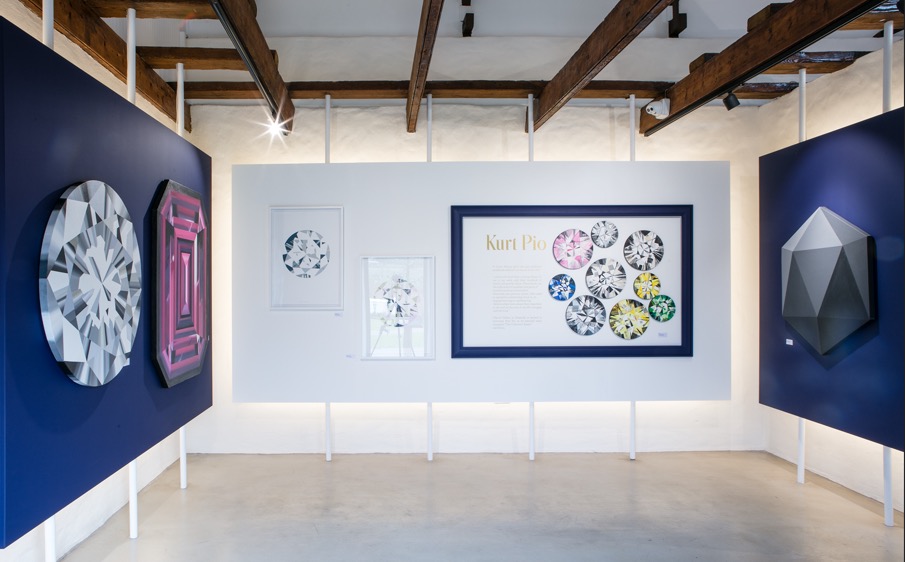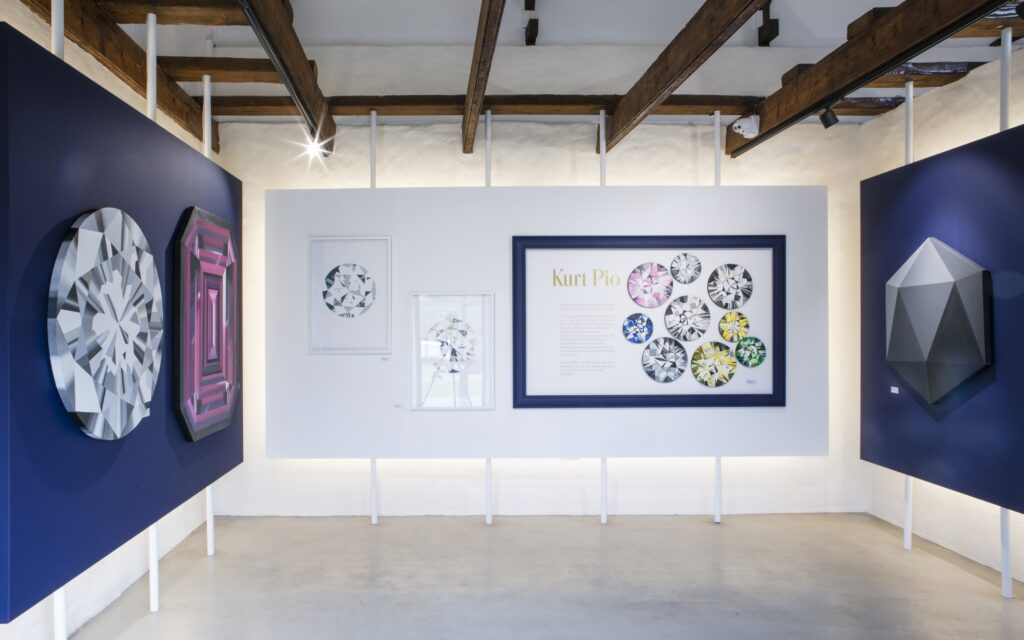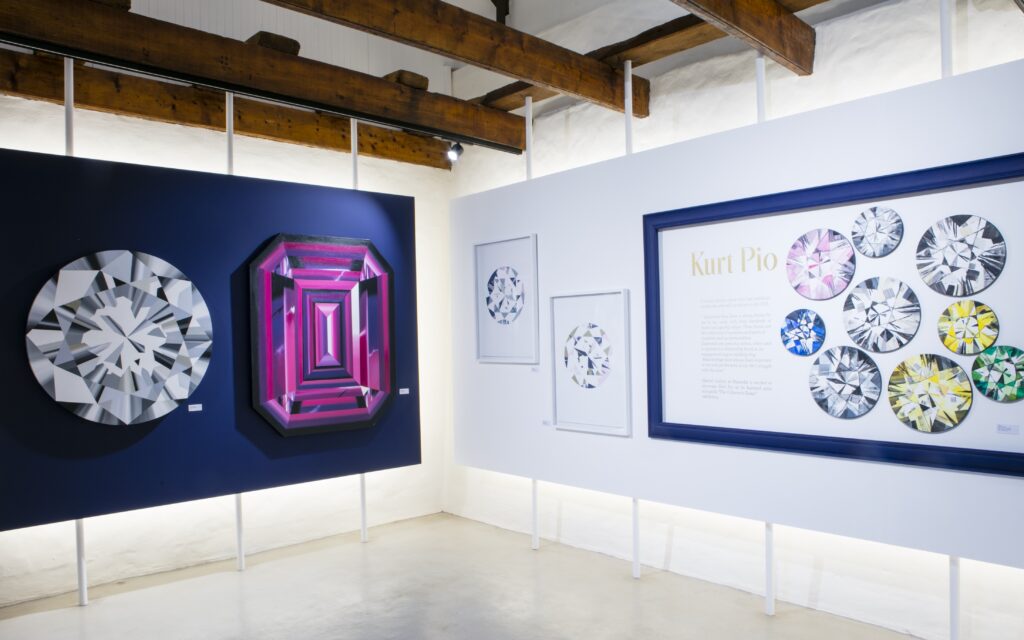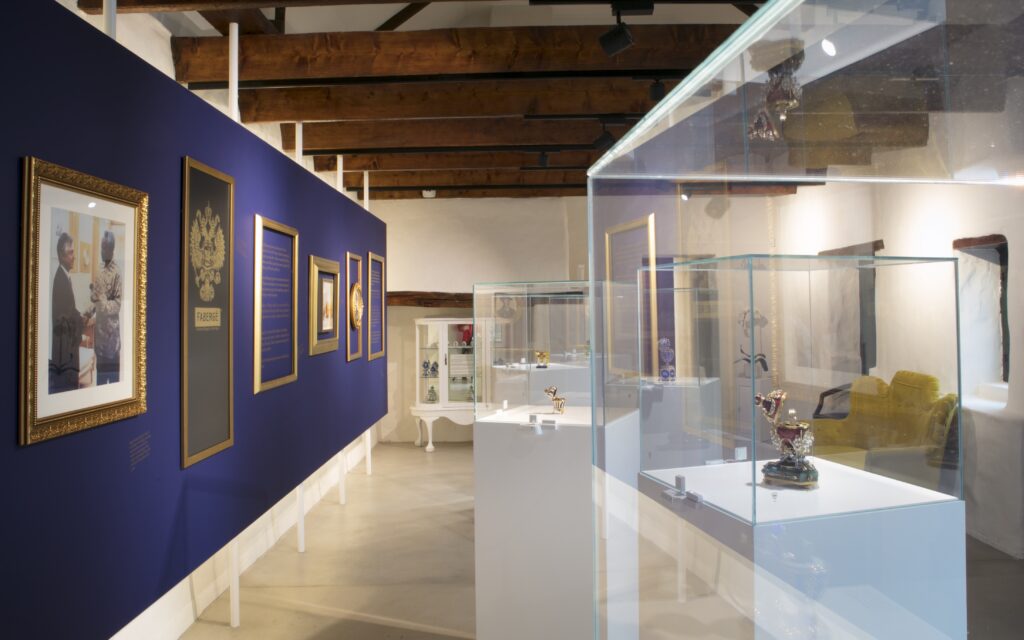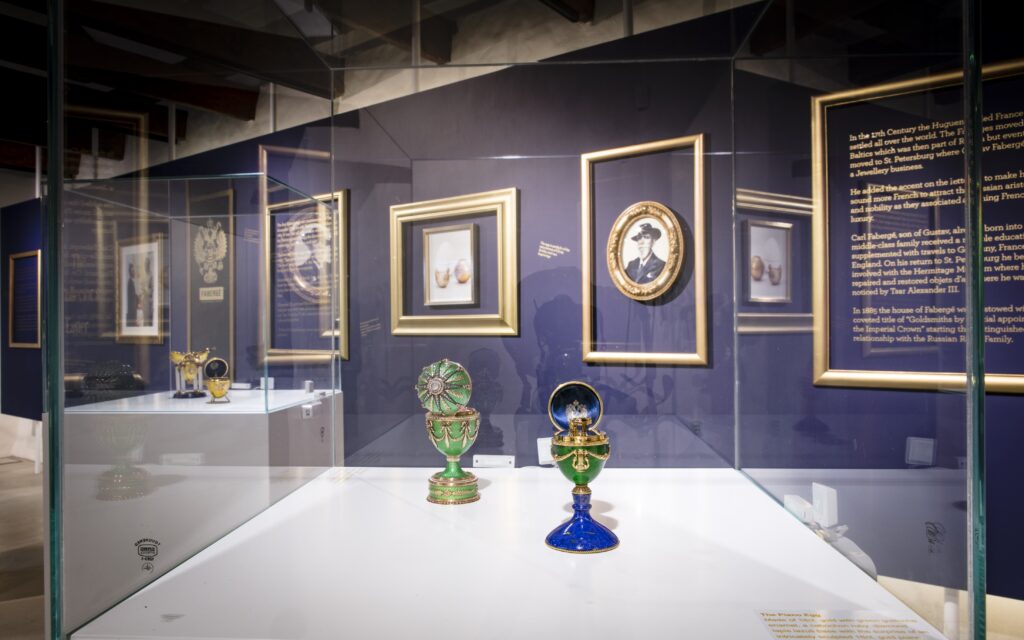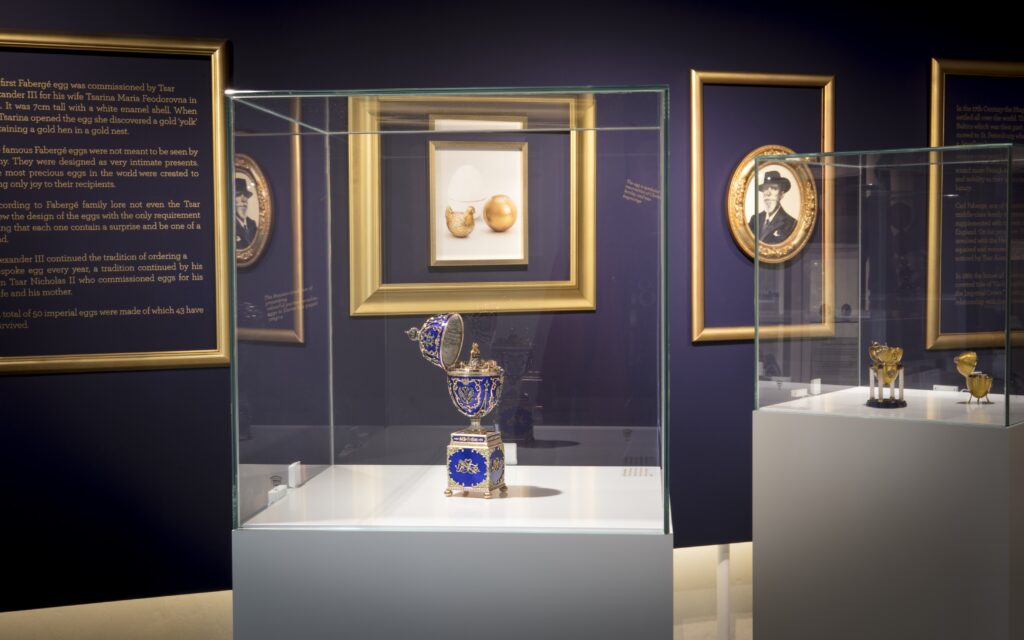The Collector’s Easter
April 2019

In the 17th Century the Huguenots fled France and settled all over the world. The Faberges settled in the Baltics which was then part of Russia but eventually moved to St. Petersburg where Gustav Fabergé started a Jewellery business.
He added the accent on the letter ‘E’ to make his name sound more French to attract the Russian aristocracy and nobility as they associated anything French with luxury.
Carl Fabergé, son of Gustav, already born into a middle-class family received a notable education supplemented with travels to Germany, France and England. On his return to St. Petersburg he became involved with the Hermitage Museum where he repaired and restored objets d’art where he was noticed by Tsar Alexander III.
In 1885 the house of Fabergé was bestowed with the coveted title of “Goldsmiths by Special appointment to the Imperial Crown” starting the distinguished relationship with the Russian Royal Family.
The famous Fabergé eggs were not meant to be seen by many. They were designed as very intimate presents. The most precious eggs in the word were created to bring only joy to their recipients.
The first Fabergé egg was commissioned by Tsar Alexander III for his wife Tsarina Maria Feodorovna in 1885. It was 7cm tall with a white enamel shell. When the Tsarina opened the egg she discovered a gold ‘yolk’ containing a gold hen in a gold nest.
According to Fabergé family lore not even the Tsar knew the design of the eggs with the only requirement being that each one contain a surprise and be one of a kind.
Alexander III continued the tradition of ordering a bespoke egg every year, a tradition continued by his son Tsar Nicholas II who commissioned eggs for his wife and his mother.
A total of 50 imperial eggs were made of which 43 have survived.
Fabergé eggs are not for just the privilege of the Tsars. A hundred years ago a Russian Industrialist Alexander Kelch owned the second largest collection of Fabergé eggs after the Russian Royals.
Many have been commissioned by prominent business people throughout the years and are now housed in their private collections.
Dr. Mark Voloshin has continued this tradition. The Voloshin Collection is unique in South Africa and was last seen in this country twenty-two years ago. They were commissioned by Dr. Voloshin and crafted by the officially recognized Fabergé Successor Victor Mayer.
The collection includes “The Nelson Mandela Easter Egg” which was specifically created for President Mandela of which there are only two in existence. In 1997 Dr Voloshin was honoured on behalf of Fabergé to present one of these eggs as a gift to the President.

